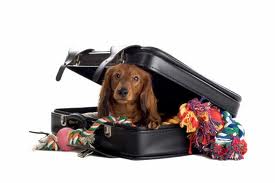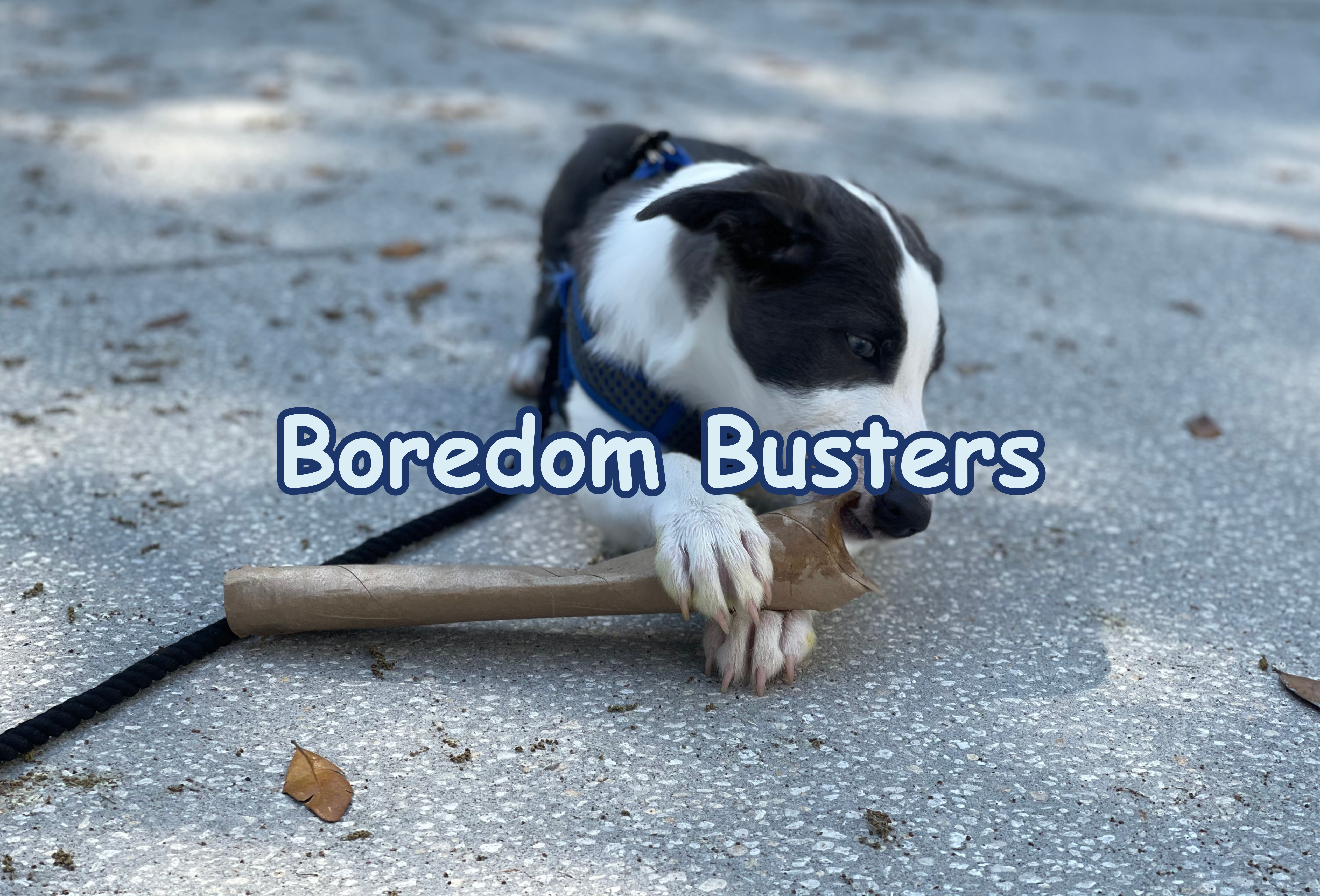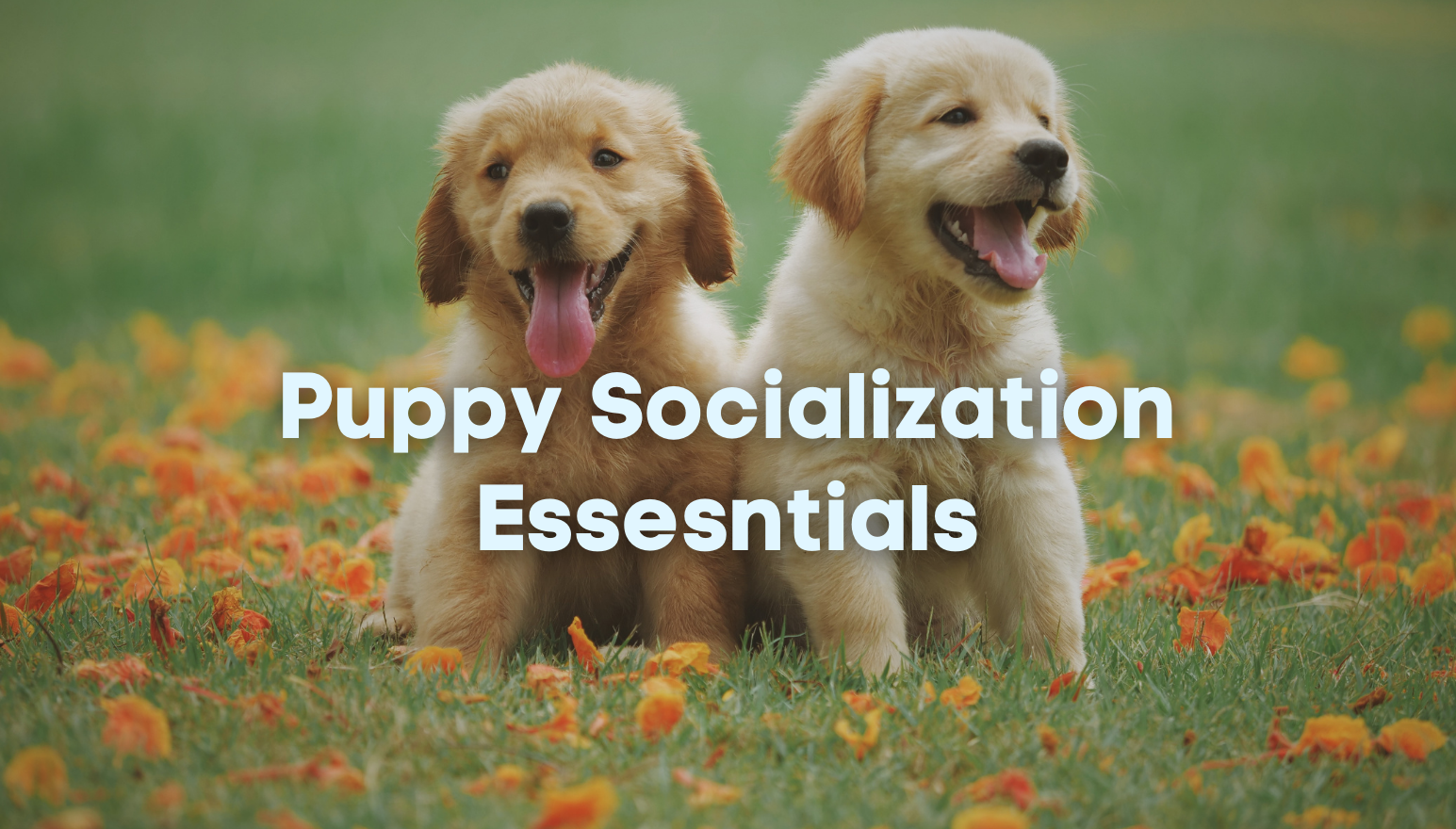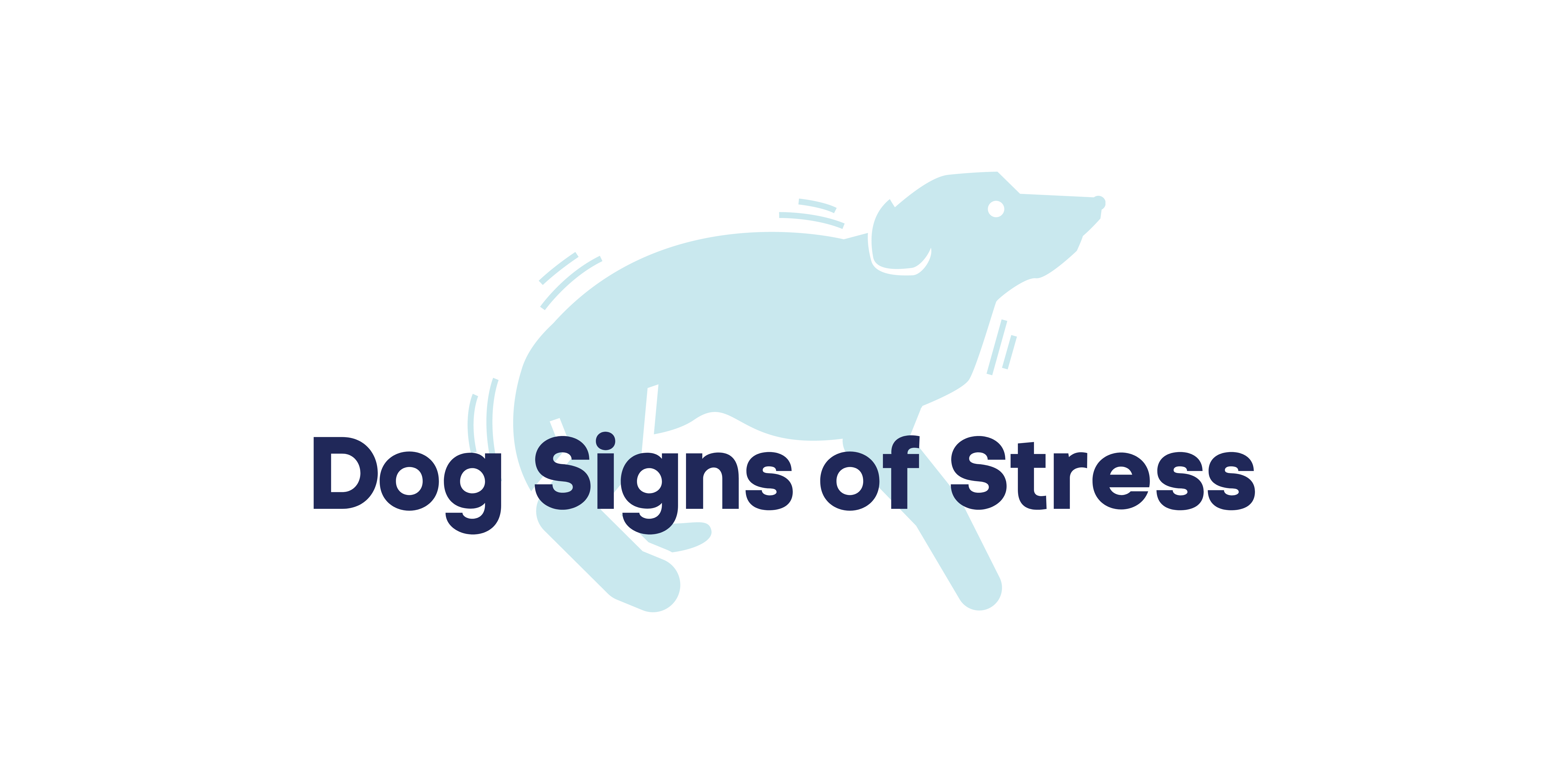Tampa Dog Trainer: Dog Travel Safety
By Brenna Fender
Dog s often travel with their pets to competitions, on vacation, or just about town while on errands, but they may not realize that the way they travel can mean the difference between life and death.
Do you drive with Fido loose in the back seat or running around your RV? Do you pile your gear on the passenger seat? Things like these can make a big difference in the event of an accident.
The American Pet Products Manufacturers Association states that a 60-pound dog riding in a car traveling at 30 miles per hour becomes a projectile which can hit the windshield – or the driver – with the force of 1,200 pounds. While 82% of Americans wear their seatbelts, only a fraction secure their dog during car travel, which means that, in an accident, a canine companion can become a deadly missile. This endangers your dog, your passengers, and you.
Owners can travel much more safely by securing their dogs (and other loose objects) in their vehicle. One way to do this is by purchasing a crate. The safest crates are made of either hard plastic or metal. There are pros and cons to each – plastic might be less strong, but metal wires may bend and injure a dog. Noted conformation handler, breeder, and American Kennel Club judge Pat Hastings says, “I believe that a quality fiberglass (plastic) crate is the safest way to travel with dogs. We have stopped at two accidents where the dogs were in wire crates and the impact of the accident broke the wires at the welds. Some of the dogs were killed by the wires and some were just injured but it was very difficult to remove the dogs as the wires were bent inward.” Ruff Tuff Kennels are the latest innovation in travel crate safety, designed specifically with car travel (and accidents) in mind. (Learn more at https://www.rufftoughkennels.com/) Fabric crates, while better than nothing, provide far less protection than a solid crate.
Placing a crate in your vehicle isn’t enough to make your dog safe – that crate must be secured so that it doesn’t become a projectile in a crash. While the gold standard used to be to use bungee cords, ratchet straps and other methods are now considered to be better suited to assure that a crate will remain stationary. Do not place loose objects in a crate during travel because these can strike the dog during an accident.
Another way to keep your dog safe is by using a specially-made seatbelt. A properly fitted belt will allow your dog to change positions but will keep animals from being thrown during an accident. Proponents of seatbelts believe that these are safer than crates because animals can impact the wall of a crate during rapid deceleration. However, seatbelts will not shelter a dog from projectiles like a crate will. If you’re purchasing a seatbelt, make sure it is crash-tested and guaranteed. Recent tests have shown that many seatbelts are useless or downright dangerous in an accident (https://www.forbes.com/sites/hannahelliott/2013/10/28/the-best-seat-belts-for-your-dog/). The new crash-tested car seat might be a better bet for small dogs, but the product is very new. (https://www.mightymitedoggear.com/dog-supplies/crash-tested-dog-car-seats-pupsaver) Other crash tested options can be found here: https://www.mightymitedoggear.com/mighty-mite/dog-care-travel-gear/car-accessories/safety-harnesses-dog-seat-belts. Be sure that dogs in vehicles are not seatbelted near airbags, which are dangerous for animals and small children.
Many of the crash-tested crates and seatbelts are very expensive and s may think that there is no use trying to keep their dog safe if they can’t afford these options. But securing your dog in some way is very important to the safety of all involved, even if you have to do so with a garden-variety crate.
Don’t forget to secure your gear as well. Collapsible chairs, spare crates, training bags, luggage, children’s toys, and other items can all be dangerous if an accident occurs. Use straps to keep items stationary or pack them in stow away areas within the vehicle.
Other tips for safe travel involve keeping your dog’s head inside the vehicle, never allowing an animal to ride loose in the open bed of a truck, and never leaving any pet in a parked car. These situations are all documented risks to animal safety, with the potential for injury or death.
Many dogs are part of the family. When traveling, treat them like you would treat a family member. Make sure that your dogs are safe and secure.
A version of this article first appeared on USDAA.com.
Courteous Canine, Inc. offers dog training, puppy training, working with aggressive dogs and rehabilitating fearful and shy dogs. In addition we offer cat training, agility, pushball and dock jumping. Courteous Canine, Inc. is a full service dog school that offers doggie day care, pet sitting, group classes and boarding!





